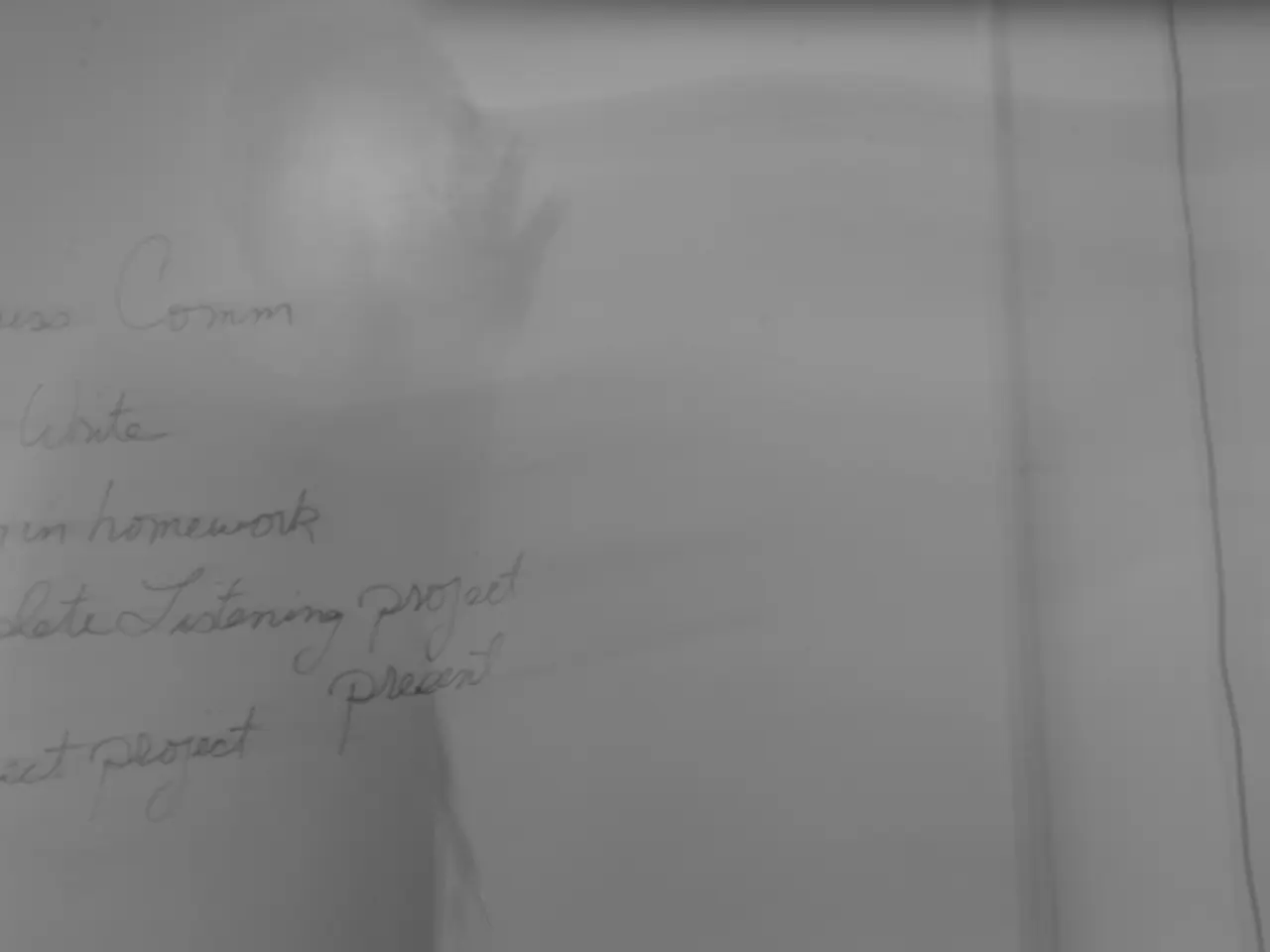Economic Disparities and Their Effect on Societal Class Structures
In today's society, social class plays a significant role in shaping an individual's life trajectory, influencing access to quality education, healthcare, job opportunities, and social networks. Upper-class individuals tend to enjoy better educational outcomes, access to advanced healthcare facilities, and enrichment activities, paving the way for career success and personal development. On the other hand, lower-class individuals may face obstacles such as underfunded schools, limited access to healthcare, and higher rates of crime and pollution in their neighborhoods, which can hinder academic achievements and career advancement.
The journey towards a more equitable society is challenging, requiring collective efforts from communities and individuals who seek to create a society where opportunities are accessible to all, regardless of their background. Strategic policies focused on education, taxation, and social welfare, coupled with cultural shifts, are essential to create such a society.
Progressive taxation—raising taxes on the wealthiest individuals—can reduce the disproportionate accumulation of wealth at the top and fund public services that benefit the broader population. Expanding social welfare programs like Supplemental Nutrition Assistance Program (SNAP) and unemployment insurance also helps protect vulnerable populations and reduce poverty. Access to quality education and healthcare is essential to enhance human capital and provide everyone with opportunities for economic advancement, thereby supporting upward income mobility and reducing the "stickiness" of income brackets.
Addressing social stratification also requires recognizing and tackling the interrelated nature of inequalities rooted in age, race, gender, place of residence, and cultural background, as these factors cumulatively affect access to resources and opportunities. Additionally, given the exacerbation of inequalities by external factors such as climate change, integrated approaches that consider social and economic vulnerabilities in broader contexts can enhance resilience and fairness in society.
The middle class, professionals, skilled workers, and small business owners, benefit from economic opportunities and education but are vulnerable to economic shocks. The lower class, or working class, faces challenges such as low-income jobs, unemployment, limited access to education and healthcare, and discrimination. Fostering an inclusive culture that values diversity and champions social justice can help reduce stigmatization of lower social classes.
Ensuring equal access to quality education, implementing progressive taxation, strengthening social welfare policies, and promoting inclusive economic growth can help mitigate these challenges. The middle class and the working class can reap the benefits of a more equitable society, where opportunities are not dictated by social class but are available to all.
References:
- OECD (2018). Reducing Income Inequality: What Works? [Online]. Available at: https://www.oecd.org/social/inequality/reducing-income-inequality-what-works.htm
- World Bank (2020). Investing in Education: Strategies for Inclusive Growth. [Online]. Available at: https://openknowledge.worldbank.org/handle/10986/33936
- UNICEF (2019). The State of the World's Children 2019: Children, Food and Nutrition: Growing well. [Online]. Available at: https://www.unicef.org/reports/state-of-the-worlds-children-2019
- Piketty, T. (2014). Capital in the Twenty-First Century. Cambridge, MA: Harvard University Press.
Government initiatives that prioritize progressive taxation and strengthen social welfare programs can help bridge the educational and self-development gaps between different social classes, leading to a more equitable society. Education policies that ensure equal access to quality education for all, regardless of their background, can empower individuals to break free from the shackles of social class and create opportunities for upward mobility.




